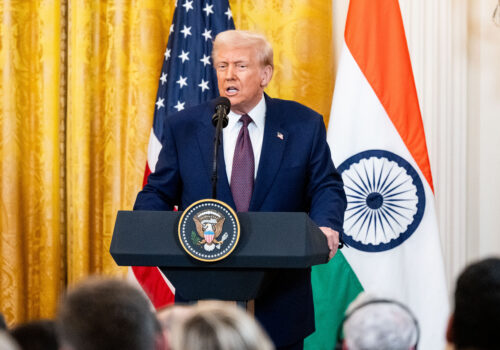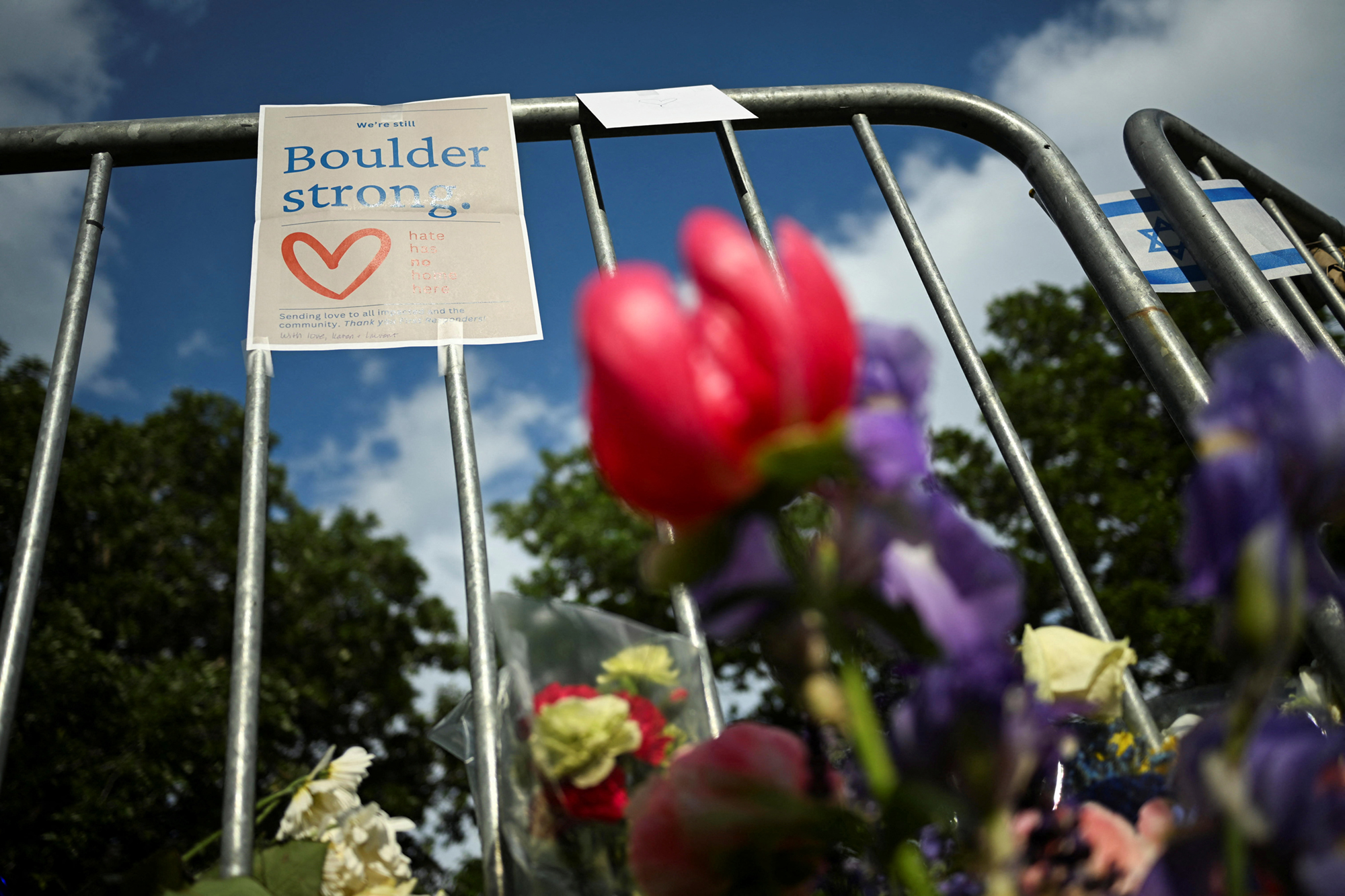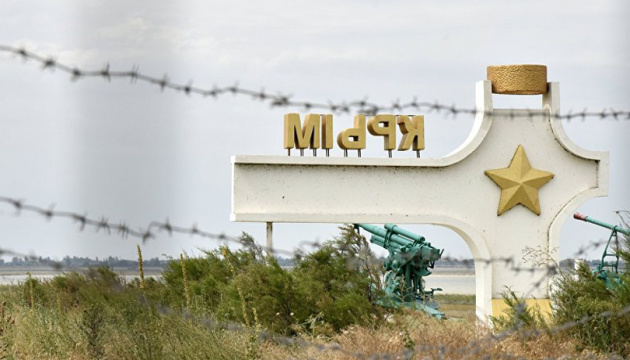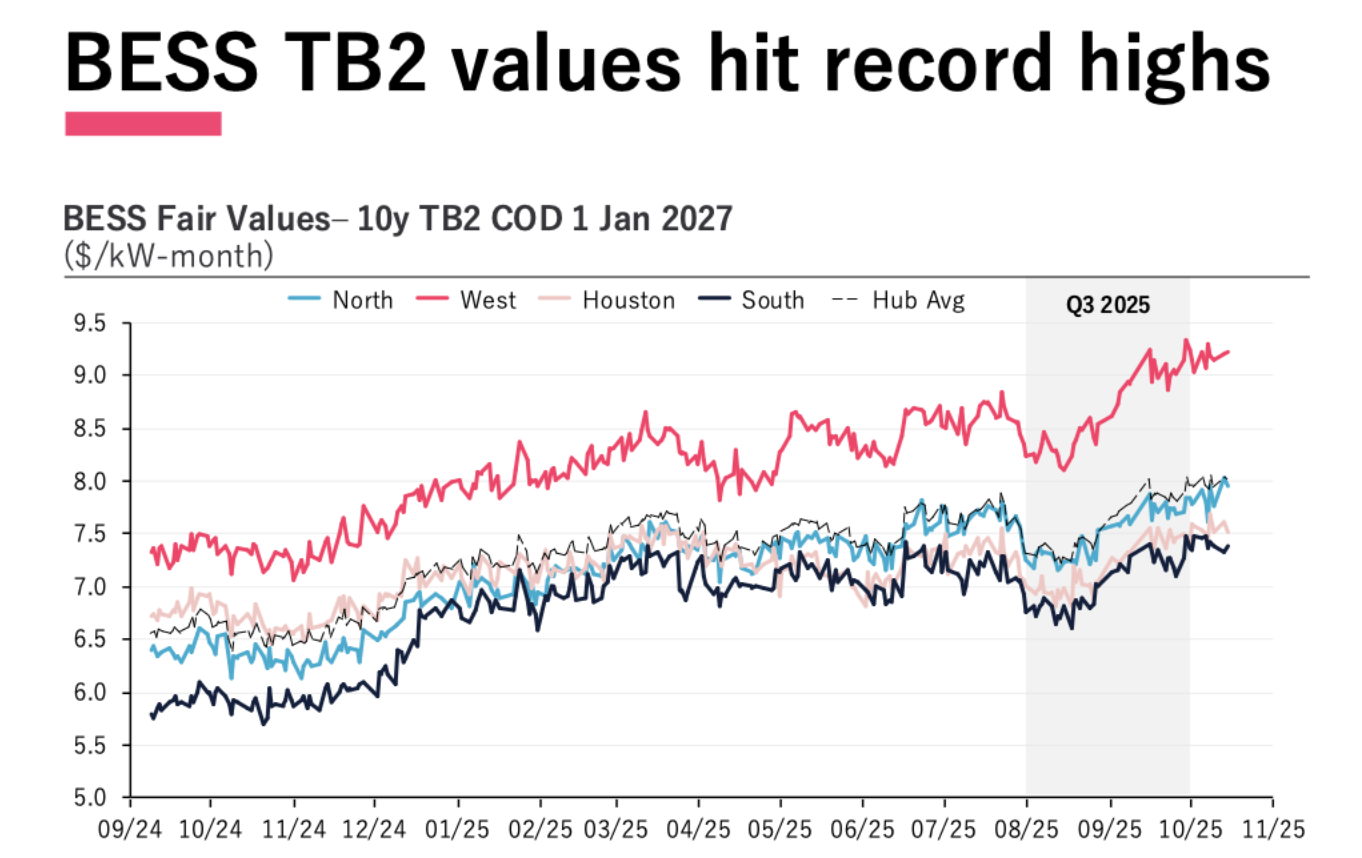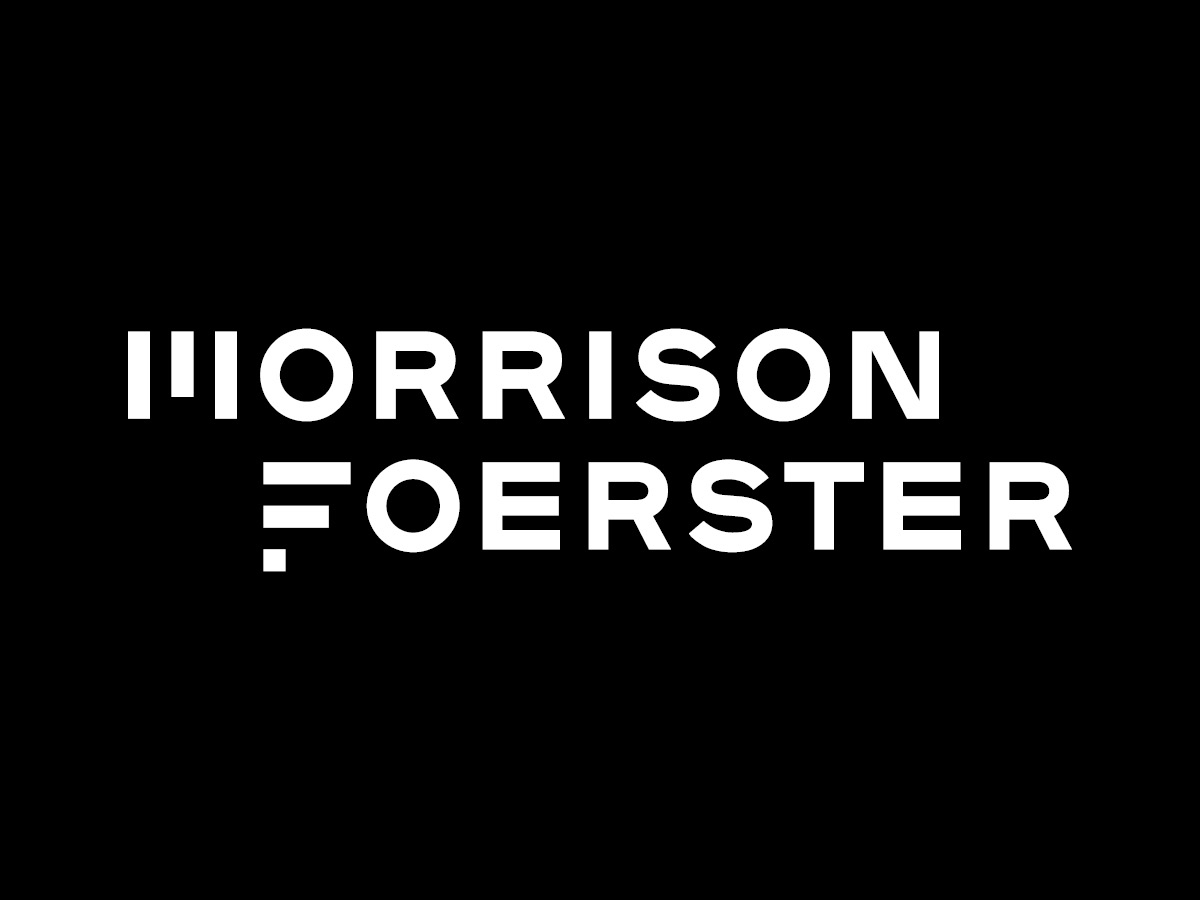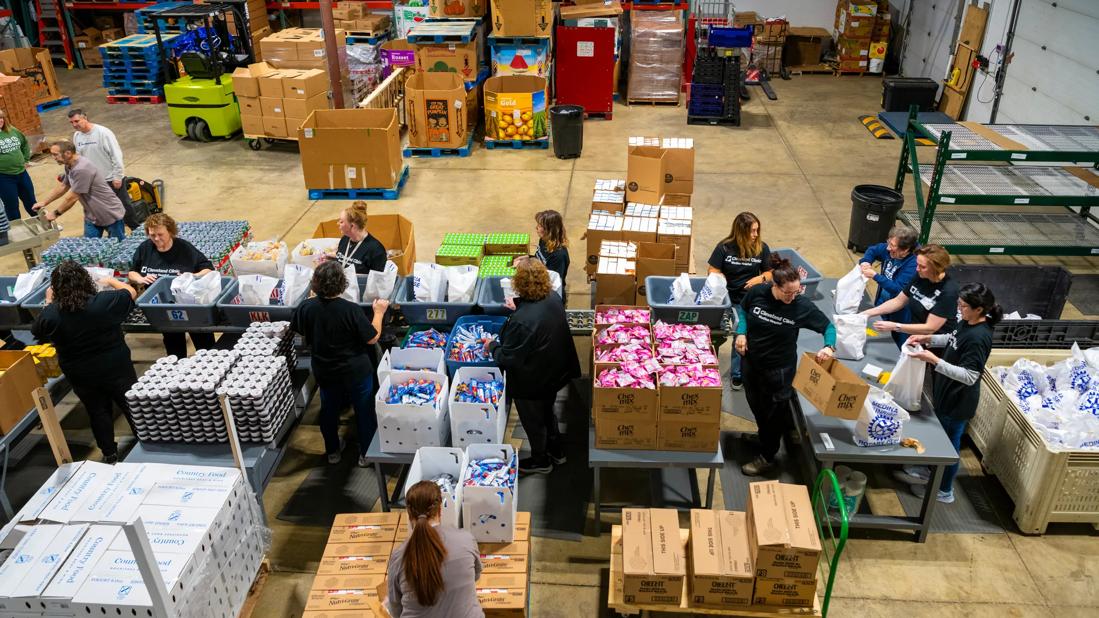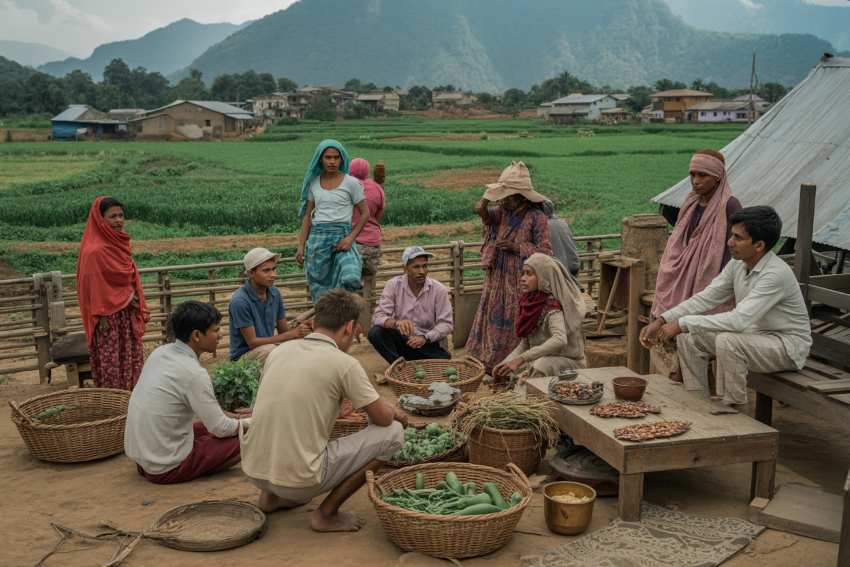Angola intensifies national mobilization to protect children against polio – WHO | Regional Office for Africa

Report on National Polio Vaccination Campaign in Angola and Alignment with Sustainable Development Goals
Introduction: Addressing a Public Health Emergency in Line with SDG 3
In response to a growing public health threat marked by the confirmation of 19 new poliovirus cases in the provinces of Benguela, Huambo, Cubango, and Cuanza Norte, Angola is implementing one of its most extensive child vaccination campaigns. This national effort, led by the Ministry of Health with technical support from the World Health Organization (WHO), is founded on strategies developed during a National Microplanning Meeting. The campaign’s primary objective is to contain the circulation of type 2 poliovirus, directly contributing to Sustainable Development Goal 3 (Good Health and Well-being), particularly Target 3.3, which aims to end the epidemics of communicable diseases by 2030.
Campaign Scope and Phased Rollout
The campaign aims to vaccinate over 6.9 million children under the age of five with the nVPO2 vaccine. The goal is to achieve a minimum vaccination coverage of 95% in every locality to ensure no child is left unprotected. The implementation is structured in three major phases:
- Phase 1: Successfully conducted from 25 to 27 July in Benguela.
- Phase 2: Scheduled for 15 to 17 August in the remaining provinces.
- Phase 3: A final nationwide round scheduled for 5 to 7 September across all municipalities.
Strategic Objectives for Comprehensive Disease Control
The planning meeting established several specific objectives to ensure the campaign’s success and strengthen the broader public health system. These objectives align with both SDG 3 and SDG 10 (Reduced Inequalities) by ensuring equitable access to healthcare.
- Intensify the active surveillance and search for cases of acute flaccid paralysis (AFP), cholera, measles, and other notifiable diseases.
- Strengthen social mobilization activities before and during the campaign to maximize community participation.
- Ensure robust cold chain logistics and the distribution of all necessary materials at least three days in advance of vaccination activities.
- Implement differentiated strategies to reach hard-to-reach populations, including communities in gold mining areas, refugee camps, and informal settlements, thereby addressing health inequities.
Implementation and Outreach Strategy
The primary strategy for vaccine delivery will be a door-to-door approach to maximize reach. This will be supplemented by a multi-pronged delivery system to ensure comprehensive coverage. Special teams will be deployed to remote areas and regions with security challenges, underscoring the commitment to the core SDG principle of “leaving no one behind.” Supporting vaccination methods include:
- Fixed posts at health centers and other designated locations.
- Mobile teams to cover dispersed populations.
- Advance teams situated in high-traffic locations such as markets, churches, and public transport terminals.
Quality Assurance and Monitoring
Campaign quality and effectiveness will be rigorously monitored using the Lot Quality Assurance Sampling (LQAS) method, with independent supervision to ensure data integrity. This commitment to evidence-based evaluation is critical for achieving the targets of SDG 3. Municipalities that do not achieve the 95% coverage target will be subject to immediate follow-up actions, reinforcing the commitment to equity and the overall effectiveness of the public health response.
Partnerships for the Goals (SDG 17)
This national effort is a prime example of Sustainable Development Goal 17 (Partnerships for the Goals) in action. The campaign is funded by the Global Polio Eradication Initiative (GPEI), with resources channeled through the World Health Organization. This collaboration between the Angolan government and international partners is vital for mobilizing the resources and technical expertise needed for a polio-free future. The WHO has reaffirmed its commitment to supporting this mission, expressing confidence that the coordinated, locally-adapted approach will successfully interrupt poliovirus transmission and protect all children in Angola.
Analysis of Sustainable Development Goals in the Article
1. Which SDGs are addressed or connected to the issues highlighted in the article?
The article primarily addresses two Sustainable Development Goals (SDGs):
- SDG 3: Good Health and Well-being: This is the most prominent SDG, as the entire article focuses on a public health initiative. The text details a large-scale vaccination campaign to combat a polio outbreak, protect children’s health, and prevent the spread of a communicable disease. It also mentions surveillance for other diseases like cholera and measles, directly aligning with the goal of ensuring healthy lives.
- SDG 17: Partnerships for the Goals: The article explicitly highlights the collaborative nature of the vaccination campaign. It mentions that the effort is “Led by the Ministry of Health and with technical support from the World Health Organization (WHO)” and funded by the “Global Polio Eradication Initiative (GPEI)”. This multi-stakeholder partnership between a national government and international organizations is central to achieving the campaign’s objectives and reflects the core principle of SDG 17.
2. What specific targets under those SDGs can be identified based on the article’s content?
Several specific targets can be identified from the article’s content:
-
SDG 3: Good Health and Well-being
- Target 3.3: By 2030, end the epidemics of AIDS, tuberculosis, malaria and neglected tropical diseases and combat hepatitis, water-borne diseases and other communicable diseases. The article directly relates to this target by describing the effort to “contain the circulation of type 2 poliovirus” and the country’s commitment to “eradication and a polio-free future.” Polio is a communicable disease, and the campaign is a direct action to end its epidemic spread.
- Target 3.8: Achieve universal health coverage, including… access to quality essential health-care services and access to safe, effective, quality and affordable essential medicines and vaccines for all. The campaign’s goal to “vaccinate more than 6.9 million children” and “protect all children under the age of five” is a clear effort to provide essential health services (vaccination) to a significant portion of the population, aiming for universal coverage within that age group. The use of “differentiated strategies to reach hard-to-reach populations” further emphasizes the commitment to leaving no one behind.
- Target 3.d: Strengthen the capacity of all countries… for early warning, risk reduction and management of national and global health risks. The article mentions that a specific objective is to “intensify the active search for cases of acute flaccid paralysis (AFP), cholera, measles and other notifiable diseases.” This action is a direct measure to strengthen the country’s disease surveillance and early warning systems, which is the essence of this target.
-
SDG 17: Partnerships for the Goals
- Target 17.16: Enhance the global partnership for sustainable development, complemented by multi-stakeholder partnerships that mobilize and share knowledge, expertise, technology and financial resources. The entire initiative is an example of this target. The article states the campaign is led by Angola’s Ministry of Health with “technical support from the World Health Organization (WHO)” and is “funded by the Global Polio Eradication Initiative (GPEI)”. This shows a national government partnering with international bodies that provide financial resources (GPEI) and technical expertise (WHO) to achieve a shared goal.
3. Are there any indicators mentioned or implied in the article that can be used to measure progress towards the identified targets?
Yes, the article mentions several explicit and implicit indicators:
- Indicator for Target 3.3 (Incidence of disease): The article mentions the “confirmation of 19 new cases” of polio. The number of new cases is a direct indicator used to measure the incidence of a communicable disease and track progress in containing an epidemic.
- Indicator for Target 3.8 (Vaccination coverage): The article provides very specific, measurable indicators. It states the goal is to “achieve a minimum vaccination coverage of 95% in each locality.” Furthermore, it mentions the total target population of “more than 6.9 million children.” These figures are direct measures for Indicator 3.b.1 (Proportion of the target population covered by all vaccines included in their national programme).
- Indicator for Target 3.d (Health emergency preparedness): The implementation of “active search for cases of acute flaccid paralysis (AFP), cholera, measles and other notifiable diseases” serves as a qualitative indicator of strengthened surveillance capacity, which is a key component of Indicator 3.d.1 (International Health Regulations (IHR) capacity and health emergency preparedness).
- Indicator for Target 17.16 (Partnerships): The existence of the partnership itself, with funding provided by the “Global Polio Eradication Initiative (GPEI)” and technical support from the “World Health Organization,” serves as a clear indicator of a functioning multi-stakeholder partnership mobilizing financial and technical resources to support a national plan.
4. Summary Table of SDGs, Targets, and Indicators
| SDGs | Targets | Indicators Identified in the Article |
|---|---|---|
| SDG 3: Good Health and Well-being | 3.3: End epidemics of communicable diseases. | Number of new polio cases (mentioned as “19 new cases”). |
| 3.8: Achieve universal health coverage, including access to vaccines. |
|
|
| 3.d: Strengthen capacity for early warning and management of health risks. | Implementation of intensified active search for cases of AFP, cholera, and measles. | |
| SDG 17: Partnerships for the Goals | 17.16: Enhance the global partnership for sustainable development. | Existence of a multi-stakeholder partnership involving the Ministry of Health, WHO, and GPEI, which provides funding and technical support. |
Source: afro.who.int

What is Your Reaction?
 Like
0
Like
0
 Dislike
0
Dislike
0
 Love
0
Love
0
 Funny
0
Funny
0
 Angry
0
Angry
0
 Sad
0
Sad
0
 Wow
0
Wow
0















